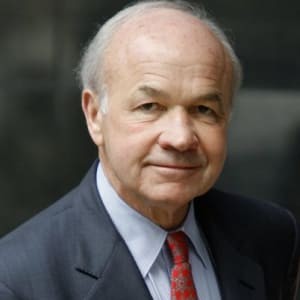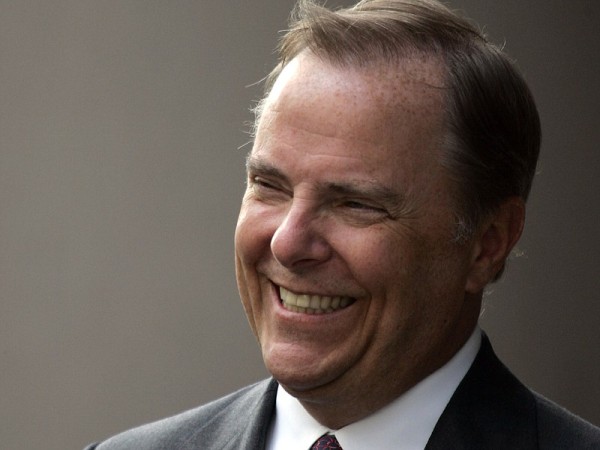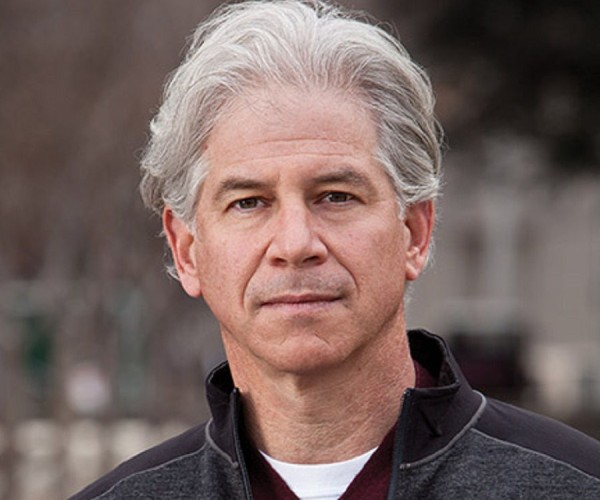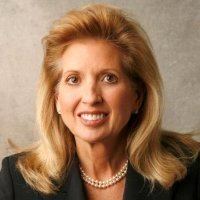"The tale of Enron is a story of human weakness, of hubris and greed and rampant self-delusion; of ambition run amok; it's a grand experiment in the deregulated world; of a business model that didn't work; and of smart people who believed their next gamble would cover their last disaster - and who couldn't admit they were wrong." - From, The Smartest Guys in the Room.
Before I move to discuss the Enron Scandal, the first thing that we need to know who are the key people involved in the scandal.

| Image | Name | Position |
|---|---|---|
 |
Ken Lay | Founder, Chairman and CEO of Enron |
 |
Jeff Skilling | President and Chief Operating Office. Served as CEO from February to August 2001 |
 |
Andrew Fastow | Chief Financial Officer |
 |
Rebecca Mark | CEO of Enron International and later of Azurix |
The major story of the Enron Scandal Revolves around these 4 smart people. There are other characters too, which we will come across as the story proceeds.
Now we know the key players in the Enron Scandal, now let me give you a summary of the Enron Scandal.
Introduction
Enron was an energy trading company that collapsed after a massive accounting fraud scheme was revealed. Its 2001 bankruptcy filing was the largest in American history at the time. Estimated losses totalled $74 billion.
Some Interesting Facts
- Enron was ranked as America's 5th largest business by Fortune Magazine in 2002, despite its 2001 bankruptcy filing.
- An unbiased review published in 2002 details how executives pocketed a huge amount of money from complex, off-the-books partnerships while reporting inflated revenue to shareholders
- Executives including Ken Lay and Jeffrey Skilling were prosecuted for fraud-related crimes.
- Key players sold their stocks shortly prior to the company declaring a sharp downturn in earnings.
- Lower-level employees were motivated to purchase company stock for his or her retirement savings right before the ongoing company collapsed. The employees later filed a class-action lawsuit and won an $85 million settlement.
Formation of Enron
Kenneth Lay
The career of founder Ken Lay's in the energy business began and ended in the city of Houston, Texas. During the 20th Century, Houston economy rose and fell with the price in crude oil. Houston perfectly reflected the culture of the energy business.
Ken Lay's Target
Ken Lay's target for business was in natural gas. A transparent, odourless, lighter than air, natural gas. Also, America had large reserves of natural gas. During 1970 & 80 natural gas was regulated by the government. But, Ken Lay's ideology was for deregulation, since his training as an economist had taught him that free-market simply worked better than market controlled by the government. And also believed that deregulation is a way to make money.
Merger of HNG & InterNorth
Ken Lay was also involved in energy policymaking in Washington for 2 to 3 years. To get into gas business he joined Florida Gas Transmission company. Then, in 1980 when natural gas was deregulated, Ken Lay took advantage of this and became chairman and CEO of Houston Natural Gas (HNG) company. Then merged with InterNorth to form Enron in 1985.
With this merger, Enron came into existence. But, due to internal politics and losses due to malpractice Enron was in deep shit.
The Entry of Jeff Skilling
Jeff Skilling
Enron was somehow managing the losses and there was no way out. But here came Jeffrey Skilling. A visionary for Enron. For Skilling natural gas now not like natural gas for him. Instead, he saw the needs of customers on one side and the needs of suppliers on the other.
When people in Enron described Skilling it was not just a word "smart". They all used to say like "the smartest person" or "incandescently brilliant".
So, What made him smart?
During his college entrepreneurship class, he had to read a thesis written in a PhD candidate, on the subject of converting commodities contracts into tradeable securities. It was a great idea for Skilling and he never forgot the paper. The same he applied in Enron.
Skilling came with an idea called a Gas Bank for Enron. The idea was simple, Producers (act as depositors) would sell their gas to Enron. Gas Customers (the borrowers) would contract to buy their gas from Enron. Enron (The Bank) would capture the profits between the price at which it had acquired the gas and the price at which it had promised to sell the gas. Just as the bank earns the spread between what it pays depositors and which it charges borrowers.
Problem
This looked quite simple but, the producers of gas were not willing to get into a long term contract. So, to solve this Enron started paying upfront in cash for long term contracts (some contracts for more than 20 years). Which solved the problem. Now the producers and customers started signing contracts.
An Interesting Trick
Skilling still had one more interesting trick and the most important one. It was to trade the natural gas contracts like derivatives. The same way oil-futures contracts and shares & securities are traded. Derivatives were not already common on Wall Street, but no one was using them in the natural gas business. Enron created this.
Skilling fundamentally changed the industry, but what went wrong?
Before joining Enron, Skilling had a very strange demand. He demanded Ken Lay to use a different kind of accounting from the ordinary one used by natural-gas industry.
He wanted Enron to use mark-to-market accounting. This was so important to him that he actually refused to join Enron if the mark-to-market accounting is not used.
What is Mark-to-Market Accounting?
Mark to market (MTM) is a measure of the fair value of accounts that can change over time, such as assets and liabilities. Mark to market aims to provide a realistic appraisal of an institution's or company's current financial situation.
In trading and investing, certain securities, such as futures and mutual funds, are also marked to market to show the current market value of these investments.
Since natural gas was treated as tradeable securities. Due to mark-to-market accounting, Enron was booking long term contract on a fair value basis, the same way securities are valued.
Here Enron now can book the entire estimated value for all ten years on the day Enron sign the contract. But, the biggest problems with mark-to-market accounting is the mismatch between profits and cash.
"Recognized, but unrealized, Income" - Stated in Enron's Finacial Statements.
Since profits were declared immediately using mark-to-market accounting the company started appearing to be growing rapidly.
Convincing SEC
A letter dated June 11, 1991, Enron asked SEC (Securities and Exchange Commission) not to object to Enron's new choice of accounting. Also, Enron included a long letter from its accountants at Arthur Andersen stating that the accounting method was indeed preferable. The accounting method was finally approved by the SEC after many meetings.
And here we end our part 1 of the Enron Scandal. We will look into the story further in the next part.







 CAclubindia
CAclubindia

